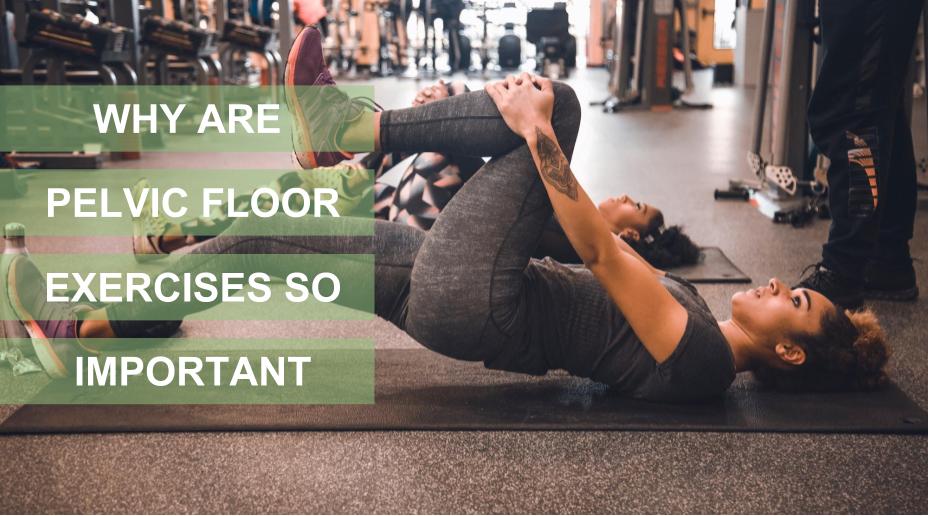 A woman’s pelvic floor supports the:
A woman’s pelvic floor supports the:
- bladder,
- uterus and
- bowel
A strong pelvic floor is important for general health and especially important before, during and after pregnancy.
WHAT IS THE IMPACT OF A WEAK PELVIC FLOOR?
Poor Pelvic Muscles can cause involuntary loss of urine and faeces, as well prolapse of the organs that the Pelvic Floor supports.
WHAT IS YOUR PELVIC FLOOR?
Your pelvic floor is a group of ligaments and muscles that attach to the front of your pubic bone and the back of your tailbone from the base of your pelvis.
It is important for women to do pelvic floor exercises because this not only prevents stress incontinence during pregnancy – when there is already extra weight on your bladder and muscles – but also after pregnancy and a potentially stressful labour.
In addition, strengthening these muscles will help you push when it’s time to give birth.
HOW OFTEN SHOULD I EXERCISE MY PELVIC FLOOR?
Every woman should exercise her pelvic floor muscles every day. This will serve to improve muscle function and prevent any type of weakness during pregnancy and later in life.
HOW DO I IDENTIFY MY PELVIC FLOOR?
Find your pelvic floor muscles by:
Stopping urination mid flow
- Identify which muscles are holding back the urine and then releasing.
- Try this again when you are not on the toilet.
Stop Passing Wind
- Pretending not to pass wind or urinate.
- Hold tight for 5-7 seconds, and then release slowly.
- Repeat 10 times
- Do this every day, three times a day.
Try a different position each time you do it (sitting, standing, lying) but
Muscle Visualisation
- Lie down and relax your muscles.
- Then squeeze in the muscles of the front part of your pelvis (like stopping urinating).
- Identify your vaginal muscles and suck upwards with them,
- While then squeezing in muscles around under your tailbone as if you were trying to stop passing wind.
- Identify all of these regions and the muscles you are using, then release and tense again.
CONSIDER CLINICAL PILATES
It is important to get the technique right to be effective. You may need to sit or lie down to contract the right muscles. If you cannot identify them, you may want to consider Clinical Pilates and seeing a women’s physiotherapist to help you get started.
There is a range of Clinical Pilates exercises you can do to strengthen your core, and by association, your pelvic floor.
A very effective exercise is to
- Lie on your back
- Bring your knees up into a raised, tabletop position.
- Raise your head up to begin the contraction of your muscles,
- Extend your arms in front of you on either side of your thighs
- Extend your legs to a 45-degree angle.
- Begin pumping your arms up and down 100 times,
- Remembering to breathe in and out as your do.
Your Next Step
If you are experiencing any problems above or are concerned about any activities you may be planning contact Dr Gailani who will offer advice.
For patients suffering from Pelvic Floor weakness or urinary anomalies contact your general practitioner or incase of an emergency an ambulance.
Otherwise if not already a patient possibly obtain a referral to see Dr Gailani at http://www.omargailani.com.au/contact/






